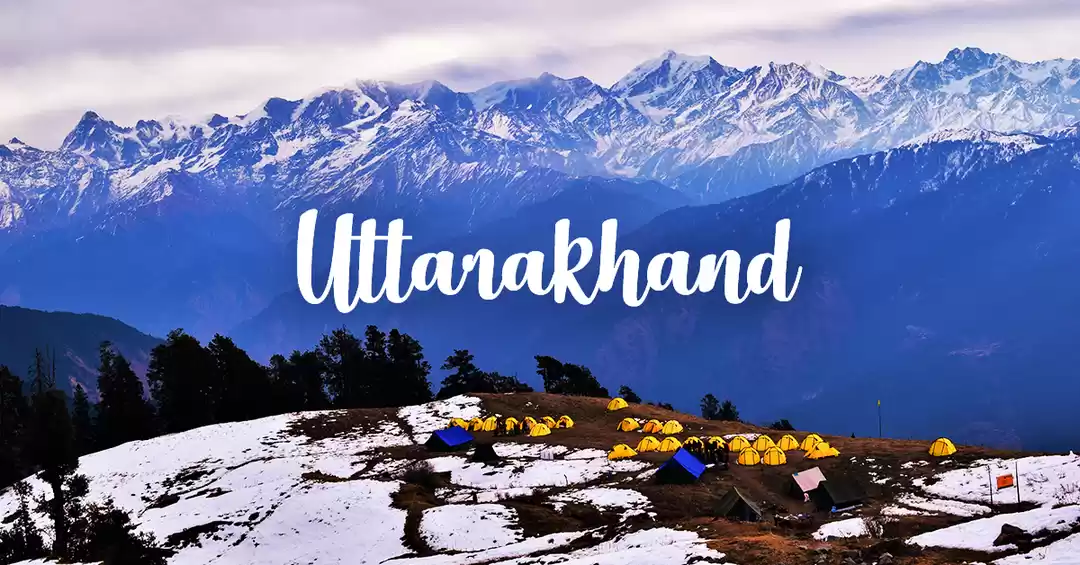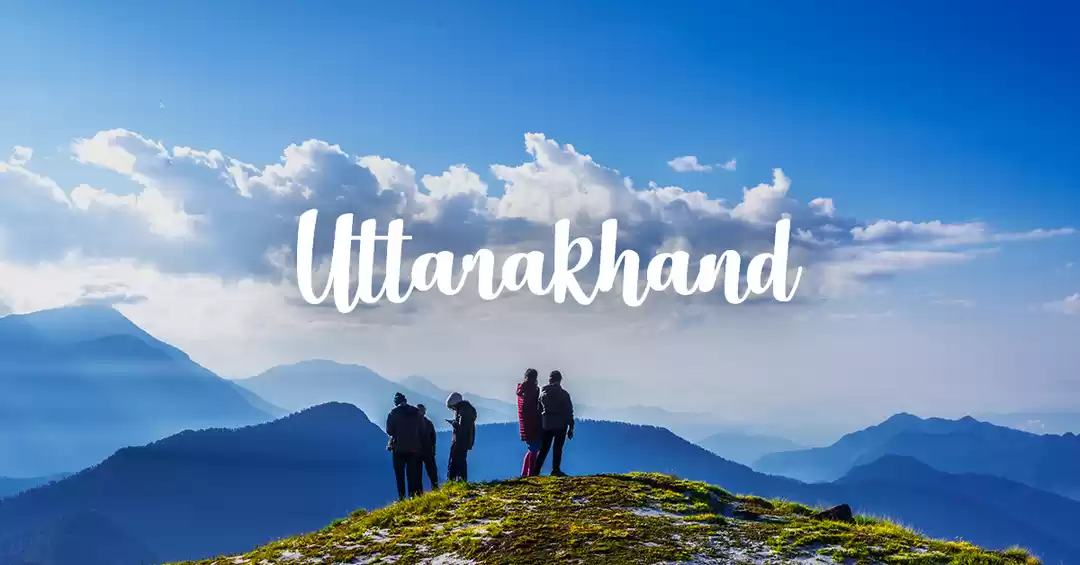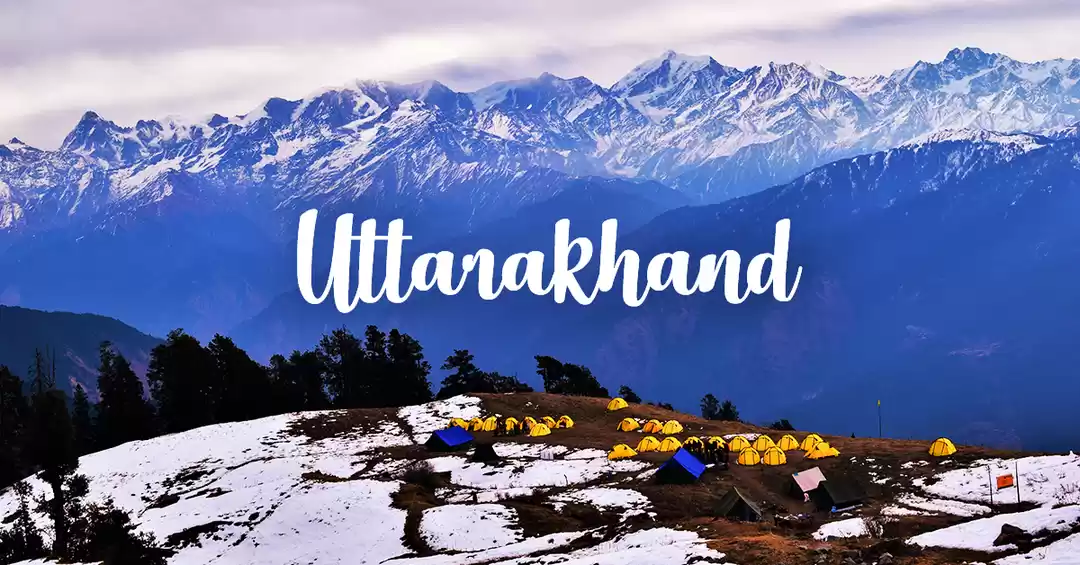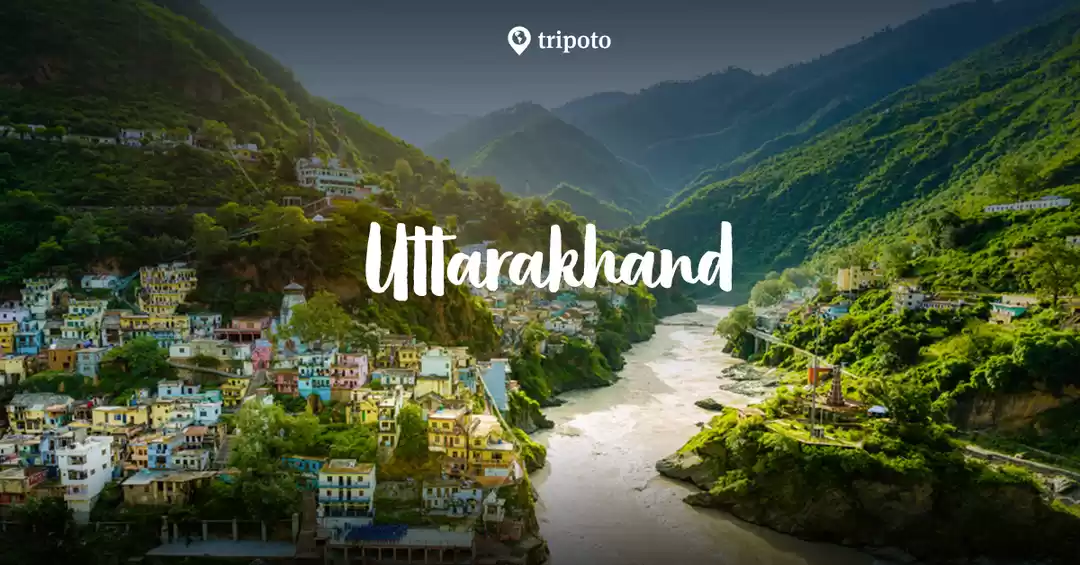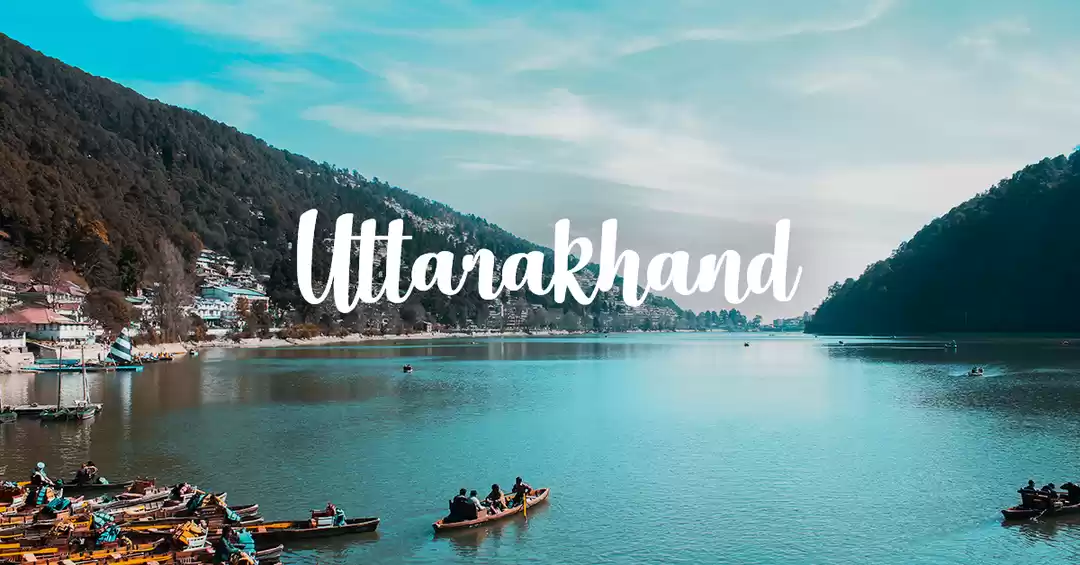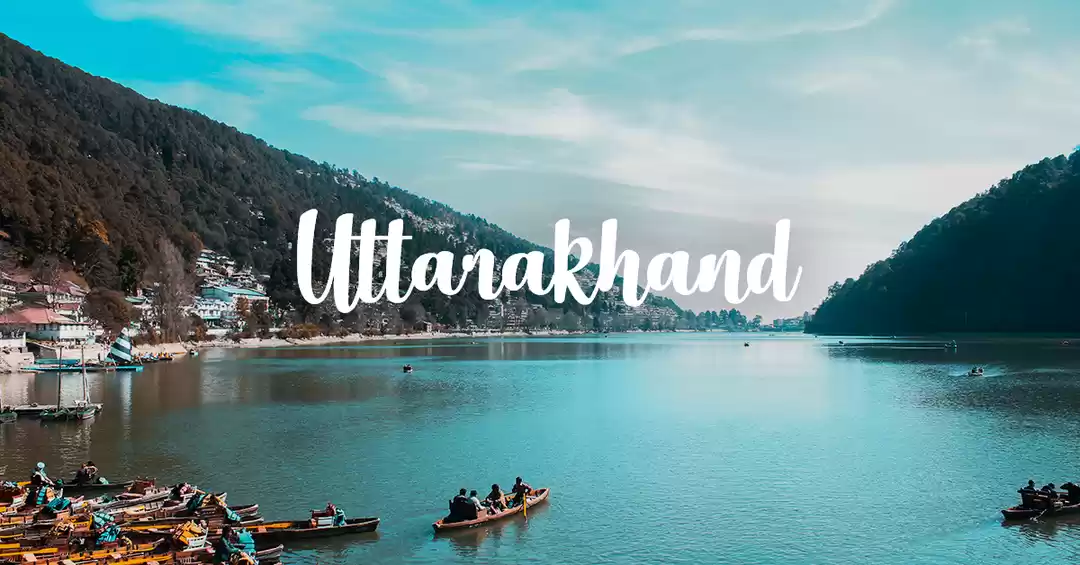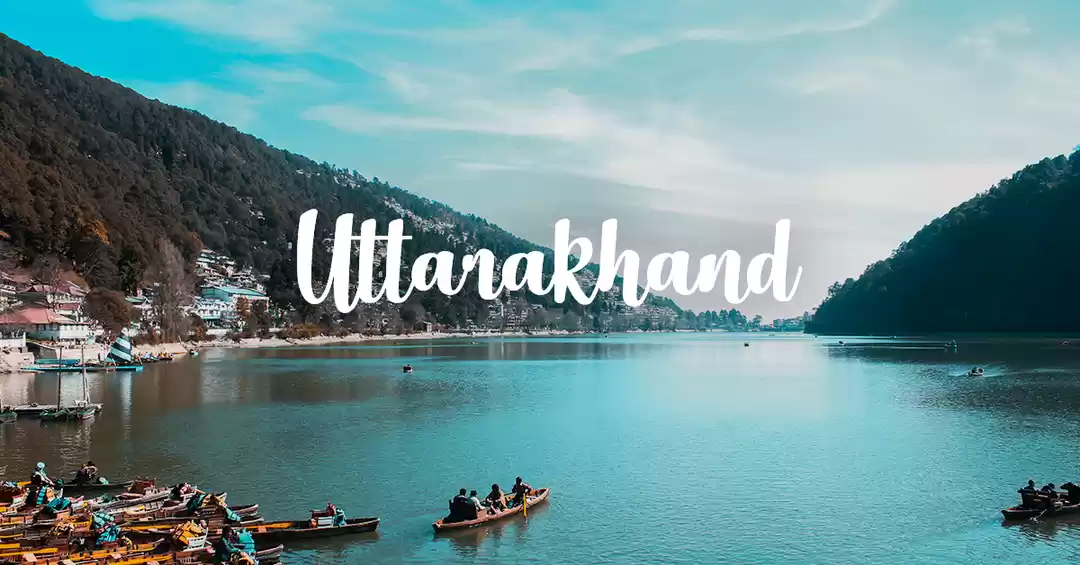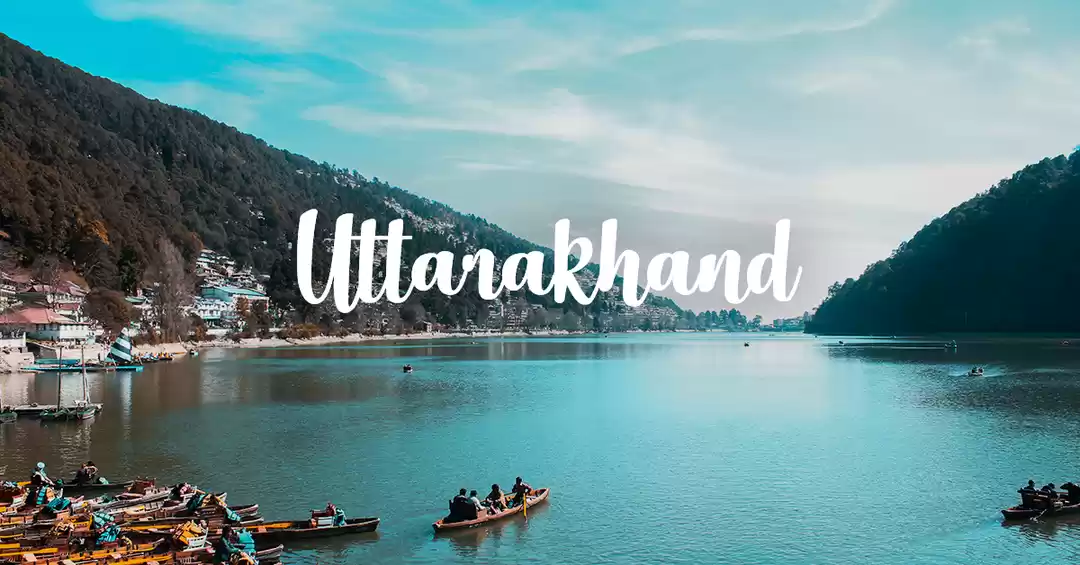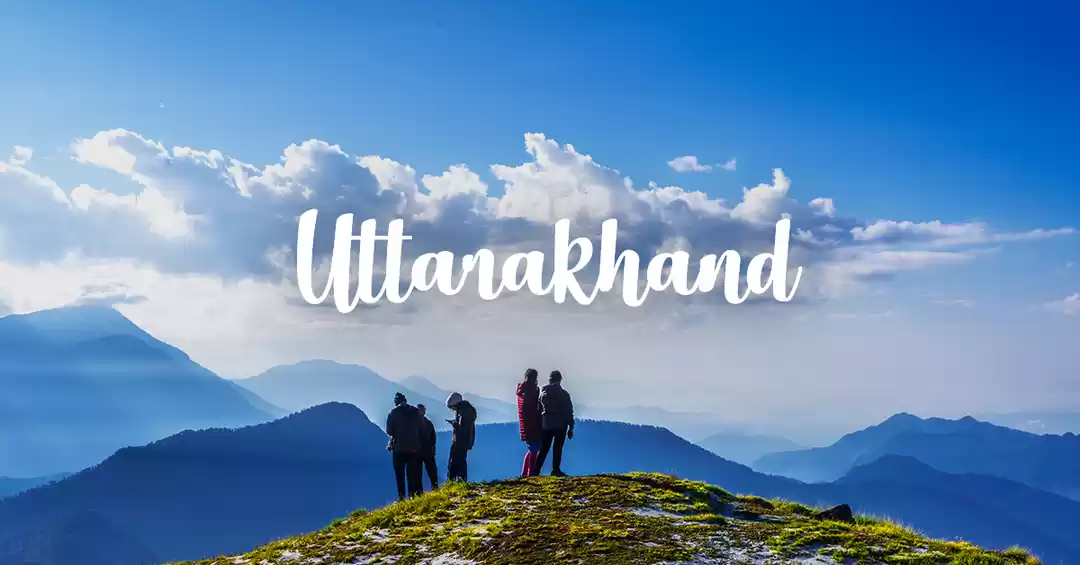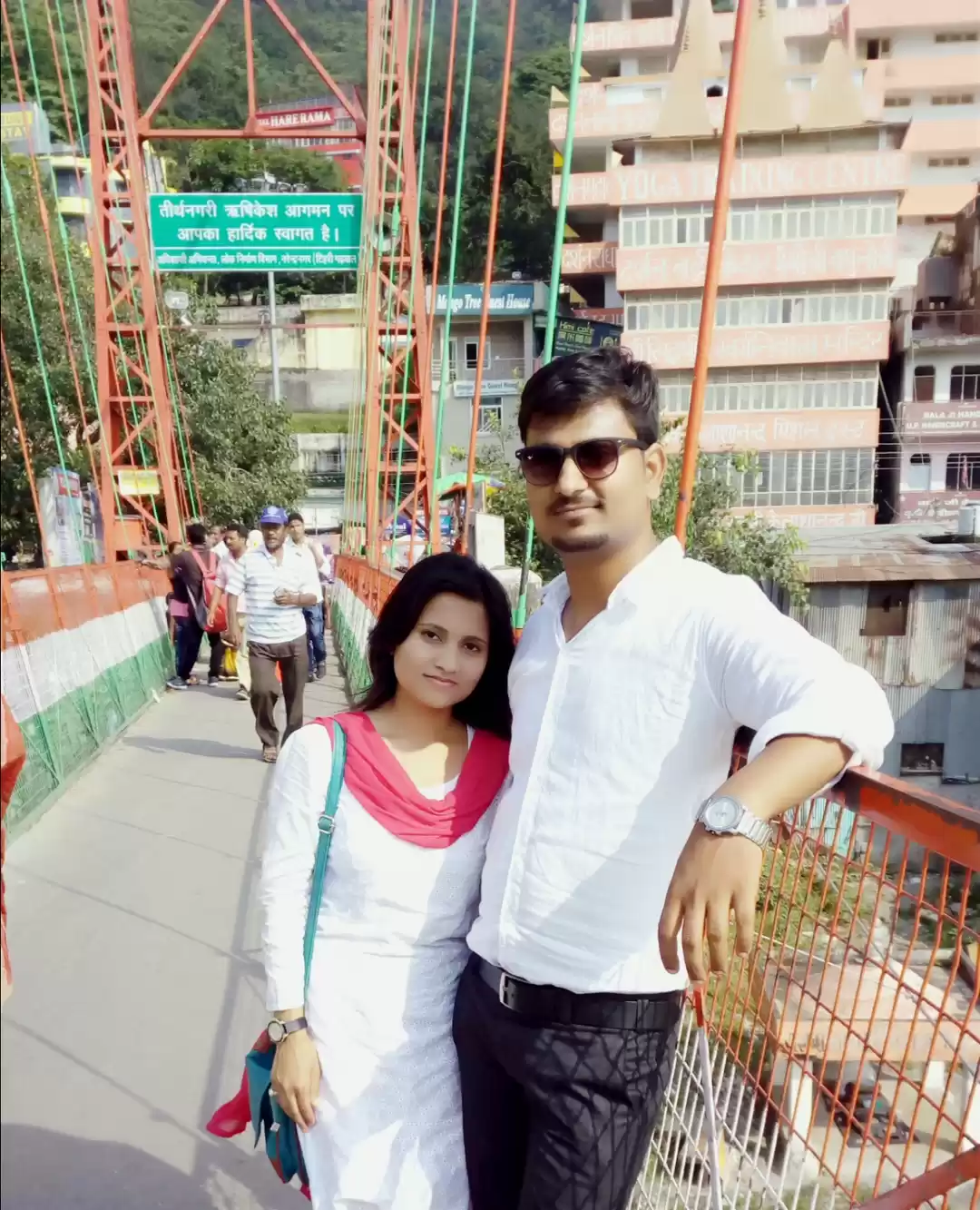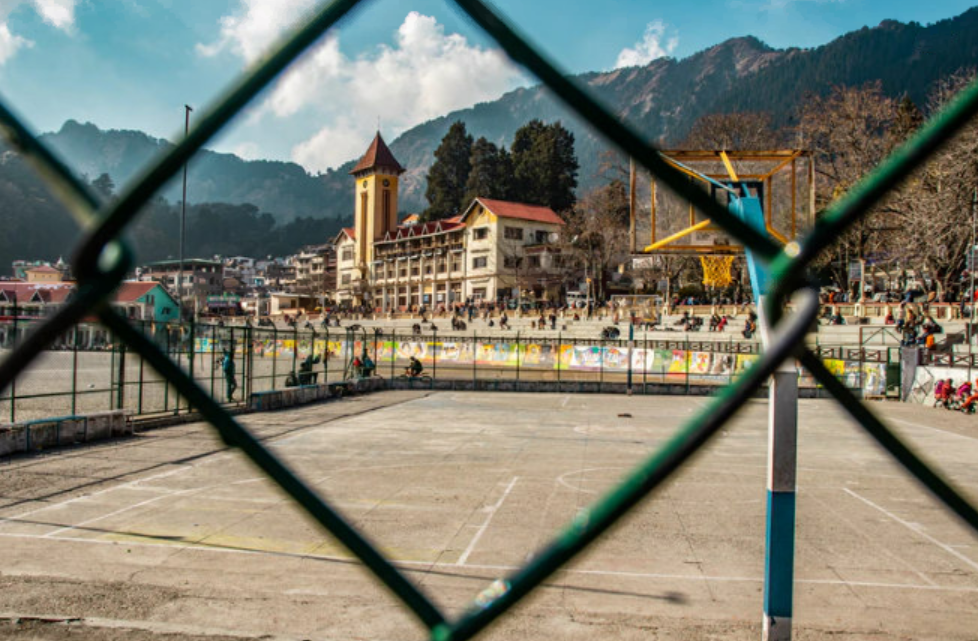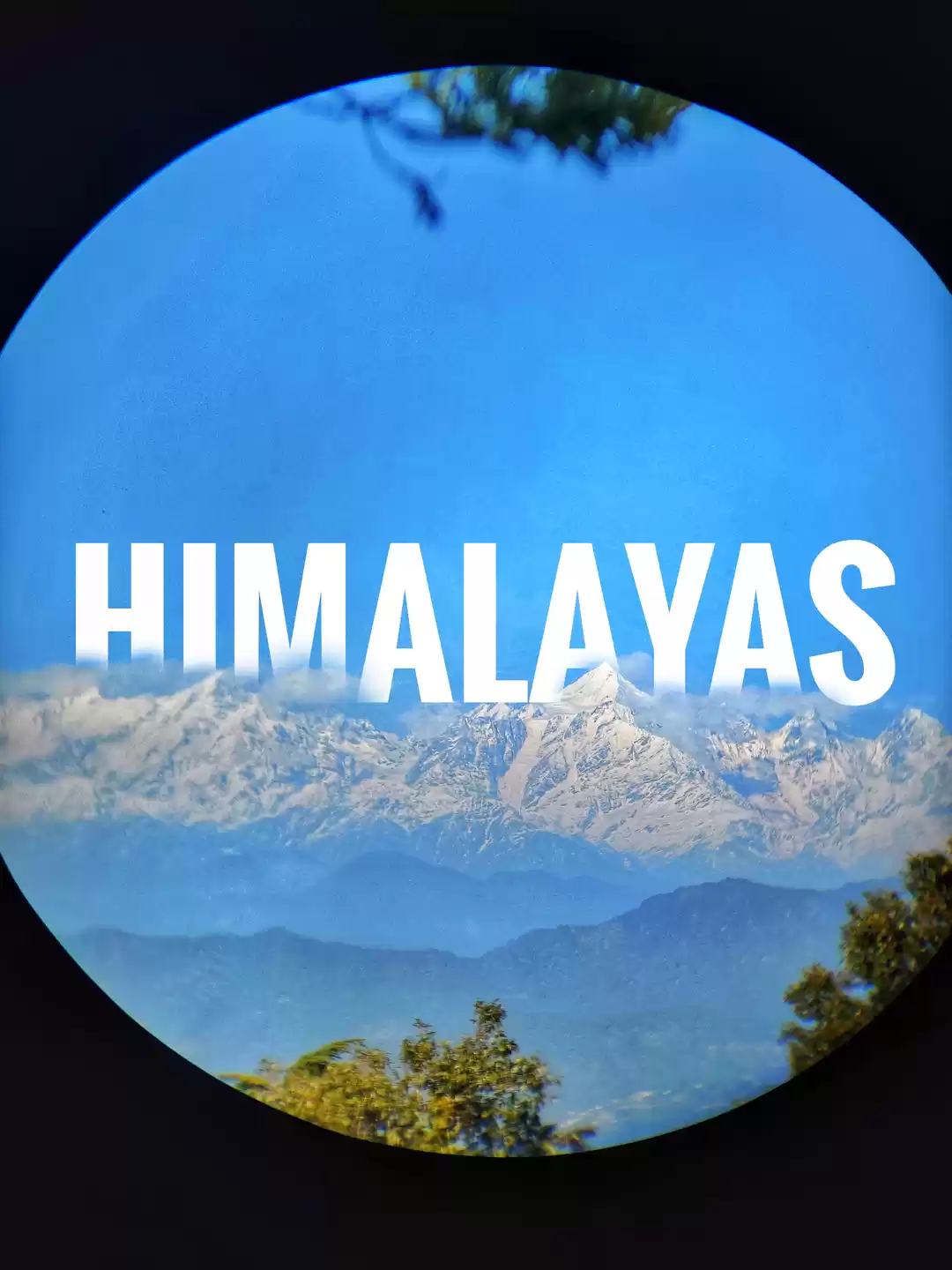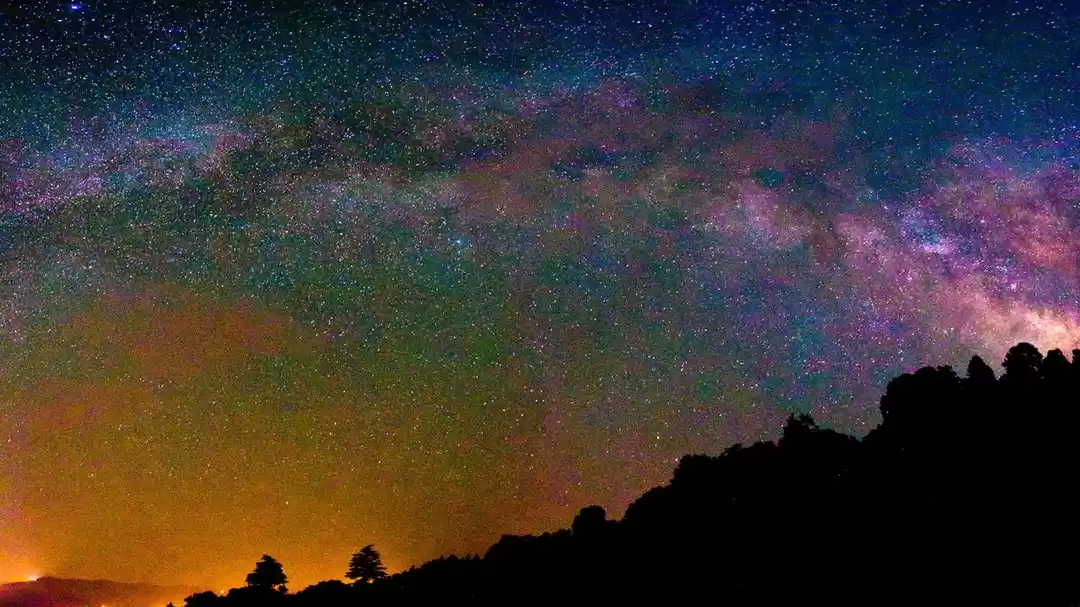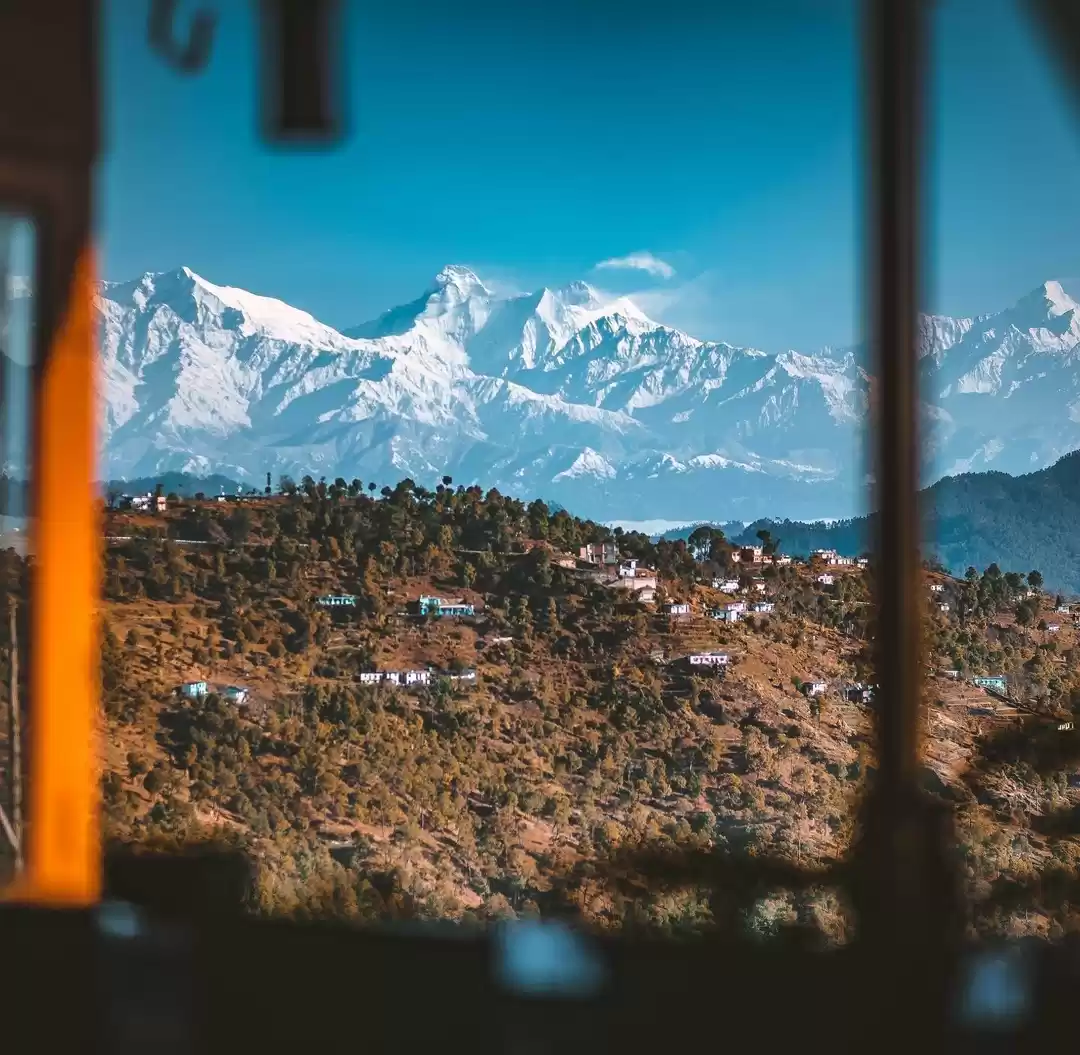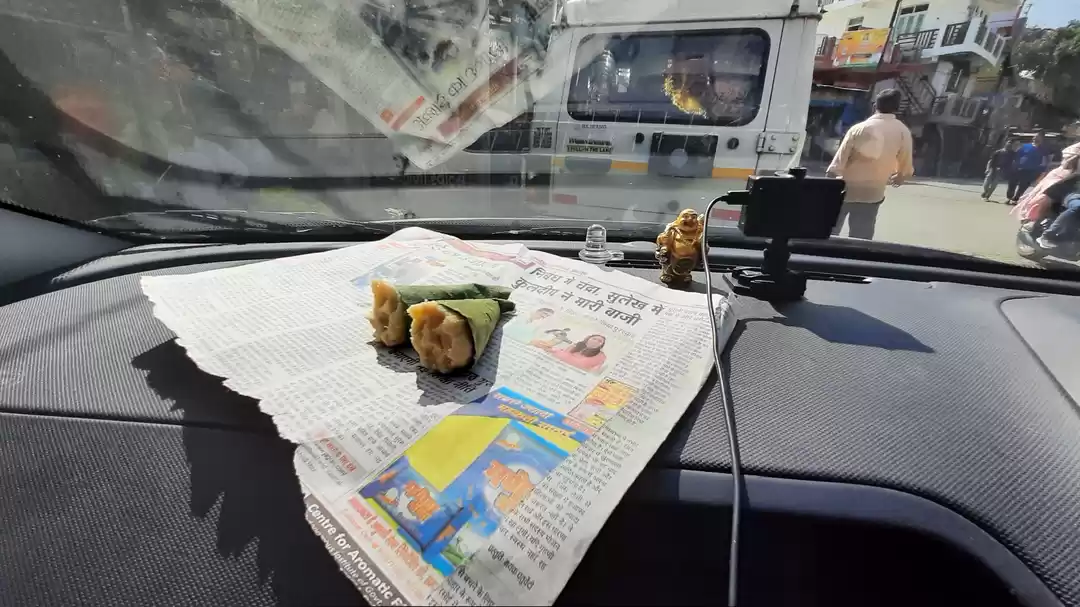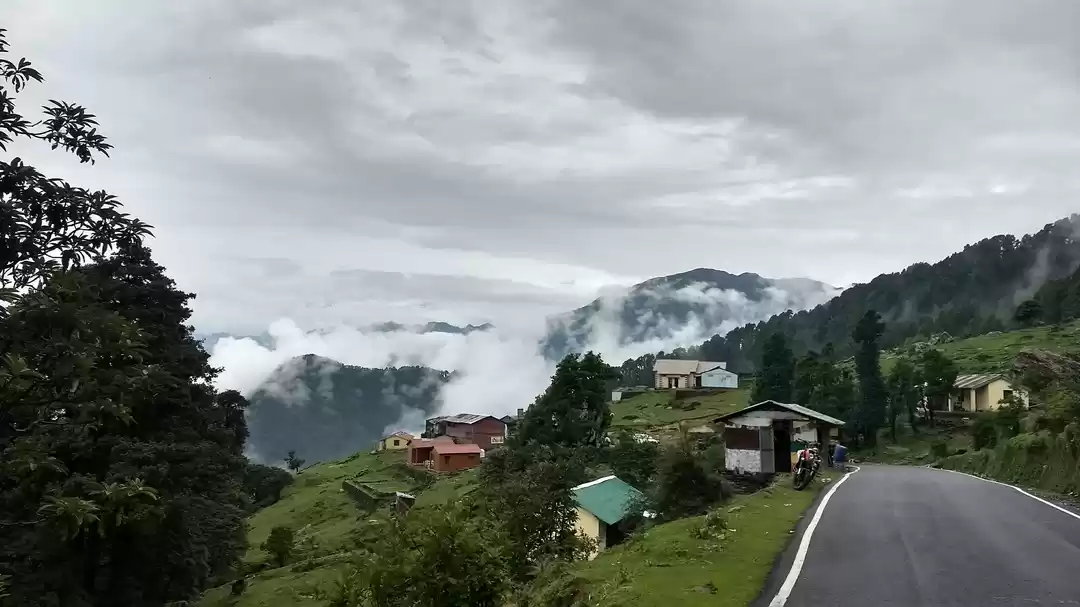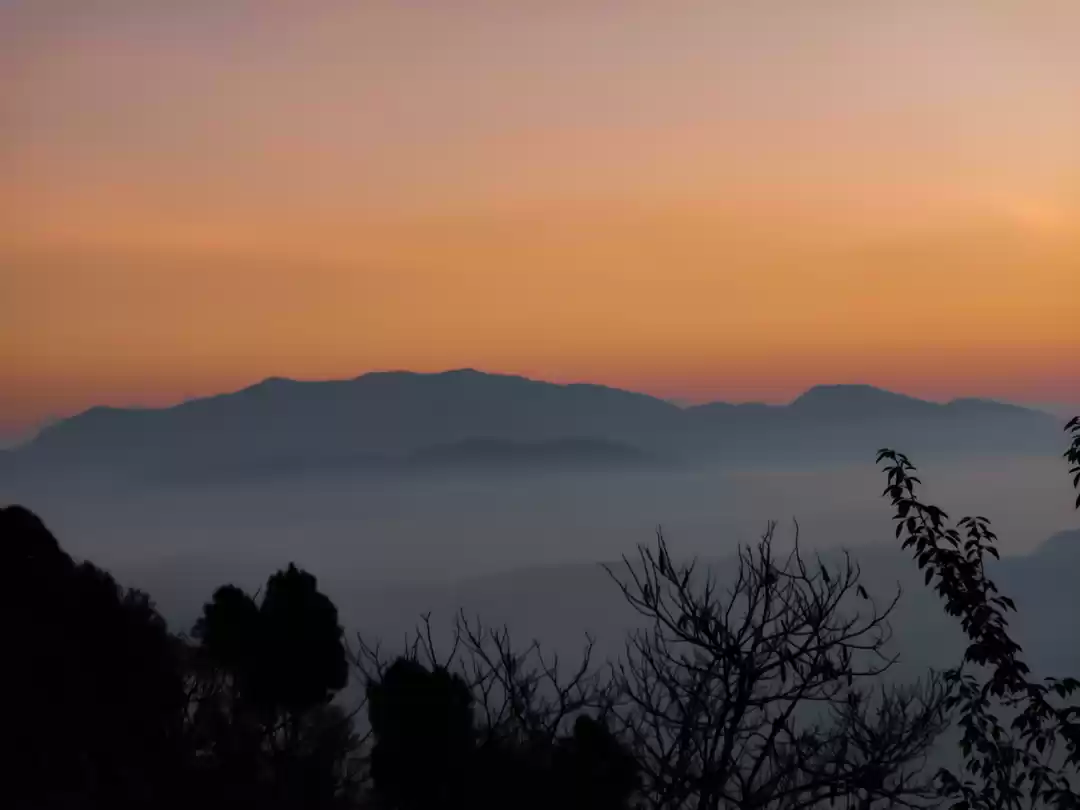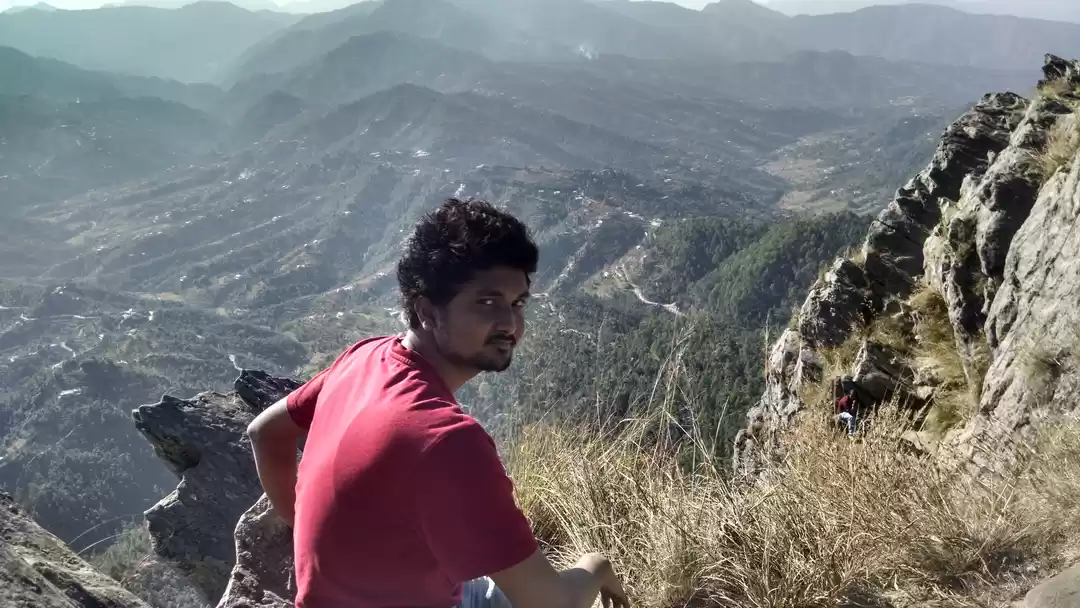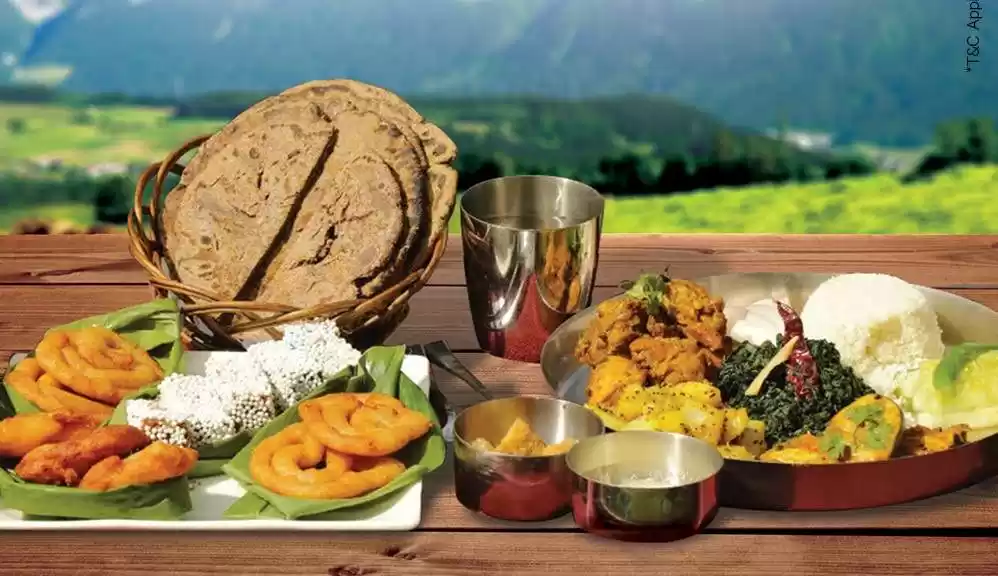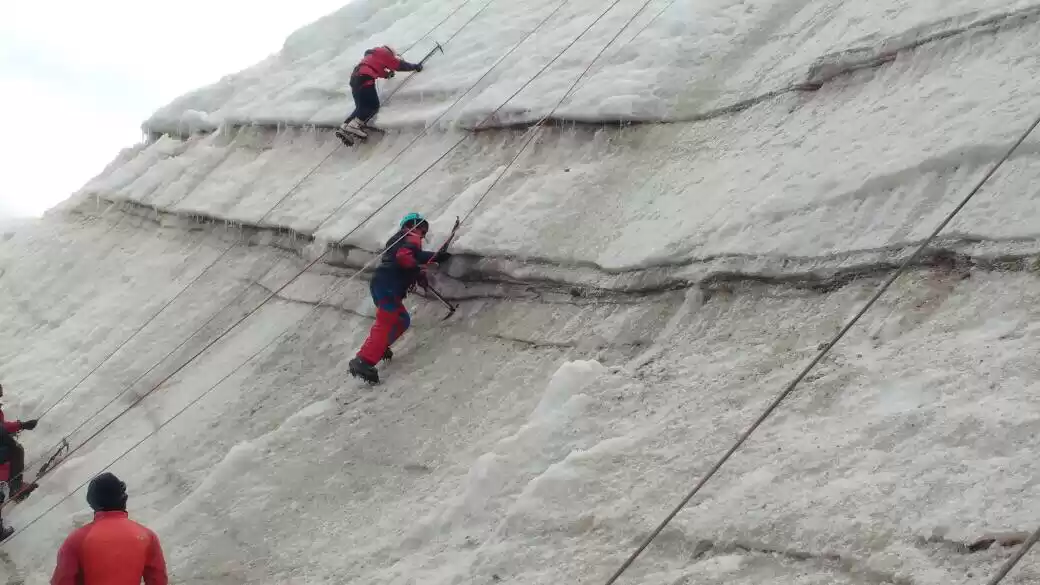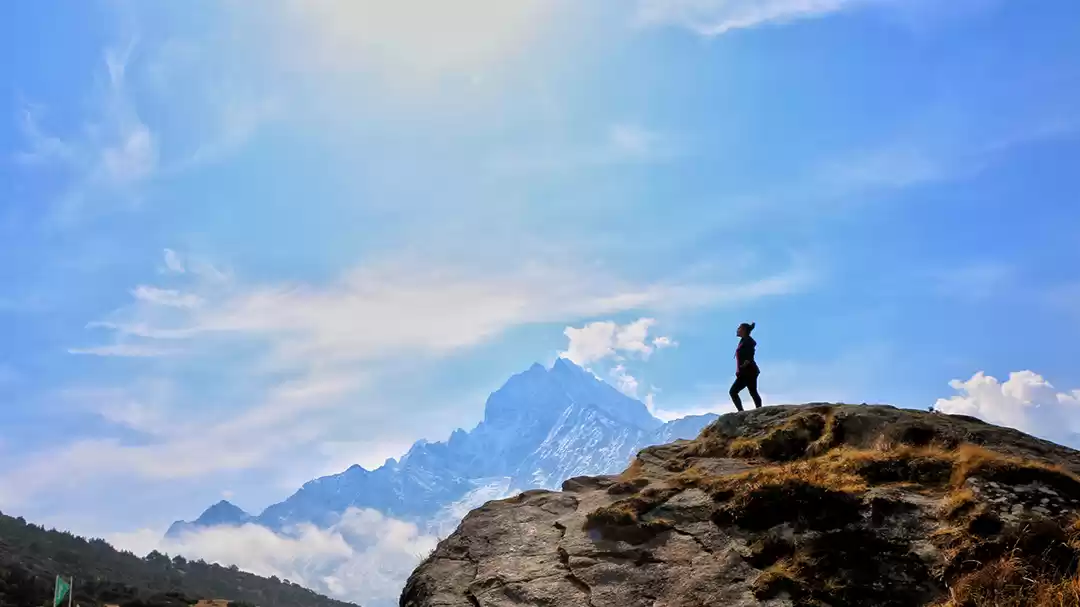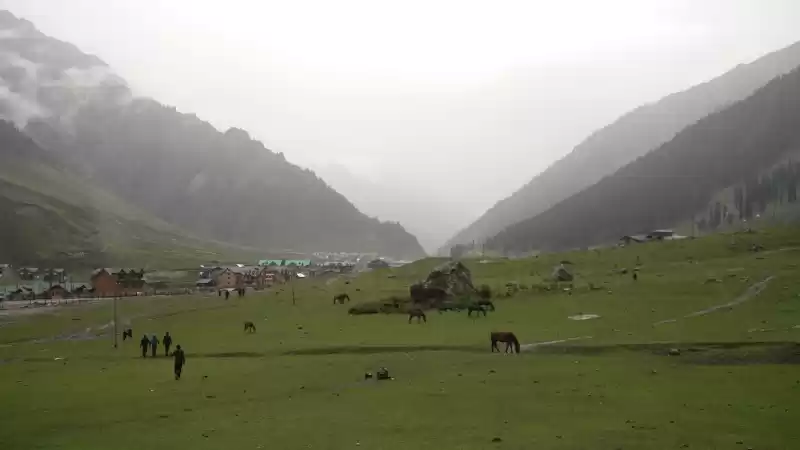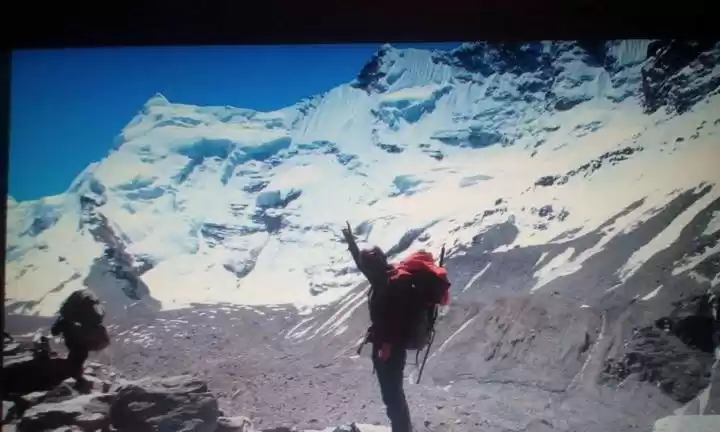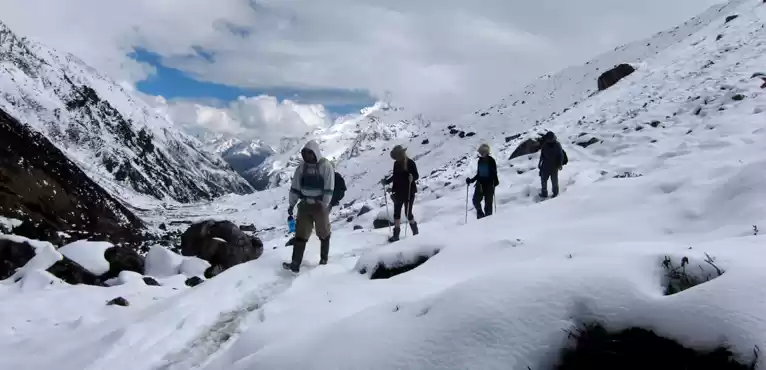Trekking to the mountains and living that yogi life is the new cool. Beginning mostly with Triund and Kheerganga, the youth and even some elderly, have pushed their limits and conquered peaks in Himalayas for thrills, adventure and for pilgrimage. Here's one such inspiring story of a professional mountaineer.
With trekking and mountaineering experience of over 15 years and chilling stories to share, Pranav Rawat aims to accomplish the Western Himalayan Traverse this Independence Day, with two of his friends. Trekking 818km in the rough Himalayan terrain, crossing over 20 passes with no guides, no porters and no cooks, Pranav and his team will be making a landmark feat. To help raise funds for this epic adventure click here.
In a candid conversation over a call, he bares it all!
What are the places that you plan to touch on this Western Himalayan Traverse?
We have extended the stretch of the Traverse from Uttarakhand to Nepal border this time, making it a complete Western Himalayan Traverse. From Chilling to Dharchula via ParangLa, Lamkhaga, Kalindi Khal Pass.
How long have you been trekking in the Himalayas?
Given that I was born and brought up here in the mountains, I have been hiking since childhood, we had to trek even to school everyday. But trekking in the wilderness, independently and with no resources started only after school, in the year 2003.
How has your trekking experience been in the past years?
I started my journey from Baraadsar trek, moving on to Gunas pass and Nalgan pass along with Kanasar lake. I would pinpoint any place on Google earth and then explore it on ground. Back then I didn't know the names of many peaks I trekked to, until I conquered them. I did all these treks self sufficiently, without any porters or guides.
Sounds thrilling, how did you survive?
Initially it was very tough. We would trek to the mountains carrying 30-35 kgs of load, gradually we became more aware of trekking equipment available in India, we replaced 25 kgs of canvas tents with 3 kgs of light weight tents. I got to know what I was already doing independently could be made even easier, so I started encouraging it, then we went on to conquer Friendship peak in just 3 days.
With more motivation and technical skills acquired through courses, we started conquering mountains in Alpine style, last year we conquered CB13, a peak in the Chandrabhaga range, in Apline style.
What is this Alpine style of trekking?
Alpine style means mountaineering in a self-sufficient manner, that is we carry all of our food, shelter and equipment by ourselves as one climbs, there is no fixed line of stocked camps on the mountain which can be accessed at our leisure. There are no fixed ropes, supplemental oxygen or high-altitude porters and Sherpas to our aid.
That must require a lot of experience and skills. What were some of the biggest challenges you had to face?
I had attempted this Western Himalayan Traverse solo last year. Due to high altitude, bad timing and poor quality of equipment, I had to stop after crossing the first pass. I spent three days in the cold by myself, while suffering from bronchitis, until a local guide spotted my tent, and with their help I was brought down, by that time my sickness had turned into pneumonia.
Since there is no network connectivity in the mountains, this time we have improvised the trek, we are taking better equipment, and three of us are going so that even if one falls sick, the second person can stay with him and the third can go seek help.
And what do you plan to achieve while you climb these mountains?
There is extreme dearth of outdoor skill development resources in Indian Himalayas, be it rock climbing walls, technical equipment or any outdoor development resource. We aim to create awareness, provide assistance and build infrastructure for the same, so that we can achieve world class mountaineering skills and support in Indian Himalayas. Because Himalayas are the biggest adventure ground in the world, and despite that there is hardly any development in mountaineering/trekking.
Amazing! What in your opinion is the present mountaineering scene in India in terms of financial support, medical and other aids?
Talking specifically about mountaineering, there is a lot of support and initiative in India, but I am not happy with it. When Indian mountaineers go for the Seven Summit Trek, Everest or even Kangchenjunga, huge budgets are required, and they do get support. But not much support is granted for Indian summits, which are low on budget and scale. Thus, even though we are accomplishing foreign peaks, our Indian community fails to grow and this saddens me.
People from around the world have done such treks in Nepal, Bhutan and Pakistan, but not much has happened in the Indian Himalayas. This is why we are doing this Western Himalayan Traverse, to create awareness about Indian Himalayas and to have a more thriving presence of mountaineering in India. I want young Indian mountaineers to get excited about the idea of trekking in the Indian Himalayas too.
To help Pranav's dream of seeing Indian Himalayas have a prominent spot on the mountaineering map, become a reality, click here.
Does any travel tale inspire you to achieve the impossible? Share it here!
For the coolest travel videos check out our YouTube channel.



